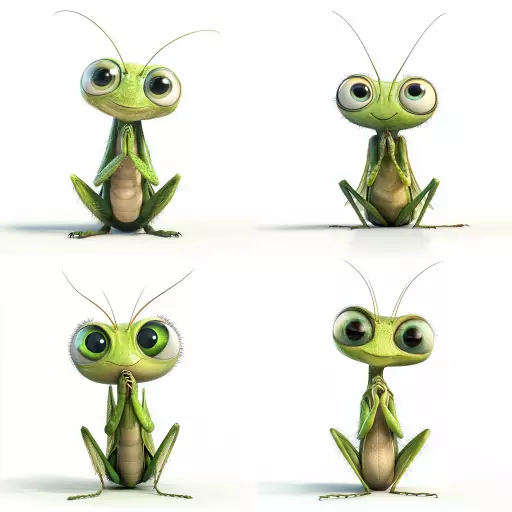Explore the Best AI Image Gallery

AI: The New Creative Collaborator in Graphic Design
The world of graphic design is undergoing a significant transformation, driven by the rapid advancements in artificial intelligence (AI). No longer confined to science fiction, AI is now a tangible force, reshaping creative workflows and empowering designers with unprecedented tools. From generating original artwork to automating repetitive tasks, AI is poised to become an integral part of the design process, blurring the lines between human creativity and machine intelligence.
Potential Applications in Graphic Design
The applications of AI in graphic design are vast and ever-expanding. Some key areas where AI is making its mark include:
- Logo Design: AI algorithms can analyze design trends, brand guidelines, and user preferences to generate unique and effective logo concepts.
- Image Generation: From stylized illustrations to realistic photo manipulations, AI-powered tools enable designers to create captivating visuals with remarkable speed and accuracy.
- Typography & Font Design: AI can assist in designing new fonts, identifying appropriate typefaces for specific projects, and even suggesting creative typography layouts.
- Content Creation: AI-powered writing assistants can help designers craft compelling copy for website content, marketing materials, and social media posts.
- Website Design & Layout: AI can analyze user behavior and design preferences to suggest optimal website layouts and navigation structures.
The Human-AI Collaboration
While AI offers powerful capabilities, it is essential to recognize that it is a tool to augment human creativity, not replace it. The most successful graphic designs will likely be the result of a collaborative process between designers and AI:
- Inspiration & Concept Development: Designers can leverage AI to explore diverse design ideas, generate initial concepts, and overcome creative roadblocks.
- Iteration & Refinement: AI can assist in iterating through design variations, testing different layouts, and refining visuals based on user feedback.
- Efficiency & Time Management: By automating repetitive tasks, AI frees up designers to focus on higher-level creative endeavors and strategic decision-making.
Ethical Considerations
The integration of AI into graphic design raises several ethical considerations that warrant careful attention:
- Copyright & Ownership: When AI generates original artwork, questions arise about copyright ownership and intellectual property rights.
- Bias & Fairness: AI algorithms can perpetuate existing biases present in the data they are trained on, leading to potentially unfair or discriminatory design outcomes.
- Transparency & Explainability: It is crucial for designers to understand how AI tools arrive at their creative outputs to ensure responsible and accountable design practices.
- Job Displacement: As AI automates certain design tasks, there are concerns about potential job displacement within the creative industry.
Future Trends
The future of AI in graphic design is brimming with possibilities. Some key trends to watch include:
- Generative AI Advancements: Continued progress in generative AI will lead to even more sophisticated and realistic creative outputs. \n
- Personalized Design Experiences: AI will enable designers to create highly personalized design experiences tailored to individual user preferences and needs.
- AI-Powered Collaboration Tools: New tools will emerge that facilitate seamless collaboration between designers, AI systems, and clients.
- Ethical Frameworks & Guidelines: As AI becomes more integrated into design, robust ethical frameworks and guidelines will be essential to ensure responsible and equitable creative practices.
The integration of AI into graphic design is an ongoing evolution that presents both exciting opportunities and significant challenges. By embracing a human-centered approach, prioritizing ethical considerations, and fostering continuous learning, designers can harness the power of AI to elevate creativity, enhance efficiency, and shape the future of visual communication.